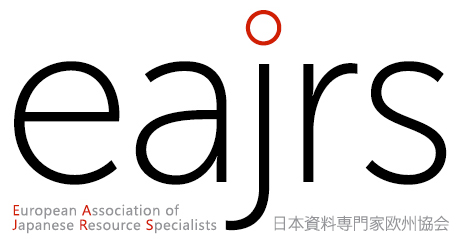![]() Ishikawa Yoshie
Ishikawa Yoshie
Hiroshima Prefectural Archives. Researcher
Two Hosho-shis that Sankin-kotai created
Most Daimyos (大名), or the feudal lords of the Edo period, had to travel back and forth between their territory and Edo at regular intervals, which is known as Sankin-kotai (参勤交代). It was institutionalized in 1635 through the revision of samurai laws. Although the expenses of round trips and maintenance of Edo mansions put pressure on the finances of the Daimyos, they also had the effect of promoting the development of transportation and cultural exchange across the country. It is said that the homogenization of culture and social systems has progressed nationwide.
On the other hand, it is not well known that Sankin-kotai created two types of "Roju-Hosho (老中奉書)", the documents that conveyed the intentions of the Shogun to the Daimyos. There were different versions of Roju-Hoshos, or the ceremonial documents for the lord from the shogun, depending on whether the Daimyos were in Edo or in their territories. Interestingly, this fact also seems to apply to Daimyos and their vassals of the Hiroshima-Han (広島藩). How does the distance between the shogun and Daimyos, in other words between the feudal lord and the vassal, change the documents?
The presentation will demonstrate through paper research that there are two types of hosho paper with different folding methods, sizes, and thicknesses, and will reveal that Roju-Hosho was issued less formal when Daimyo was in Edo. The presenter will report on examples of Roju-Hosho preserved in the Yamauchi family (山内家), the lord of the Tosa-Han (土佐藩), and the administrative documents of the Hiroshima-Han.
参勤交代がつくった2種類の奉書紙
ほとんどの近世大名は、一定の間隔で自分の領地と江戸の間を往復しなければならなかった。これは、江戸幕府によって1635年に制度化された、「参勤交代」として知られている。領地と江戸との往復や、江戸屋敷の経費は大名たちの財政を圧迫したが、交通の発達や文化の全国的な交流を促すなどの効果もあった。全国的に文化や社会制度の「均質化」が進んだと言われる。
一方で、「参勤交代」が「老中奉書」(将軍の意向を老中から大名などへ伝える文書)に、2種類の様式を創り出していたことはあまり知られていない。大名が江戸にいるか、あるいは領国にいるかによって、「奉書」のヴァージョンが異なるのである。興味深いことに、このことは広島藩の藩主と家臣にも当てはまっていた。将軍と大名、すなわち主君と家臣の間の距離は、文書をどのように変えるのだろうか。
発表者は、料紙調査によって、折り方や大きさ。厚さが異なる2種類の奉書紙があったことを明らかにし、大名が江戸にいる時は老中奉書が薄礼であることを示す。それらを土佐藩主山内家(高知県)に伝存する「老中奉書」と、広島藩の藩政文書の事例から報告する。
